A bold vision for a climate-neutral and competitive Europe
Next event In person & livestreamed
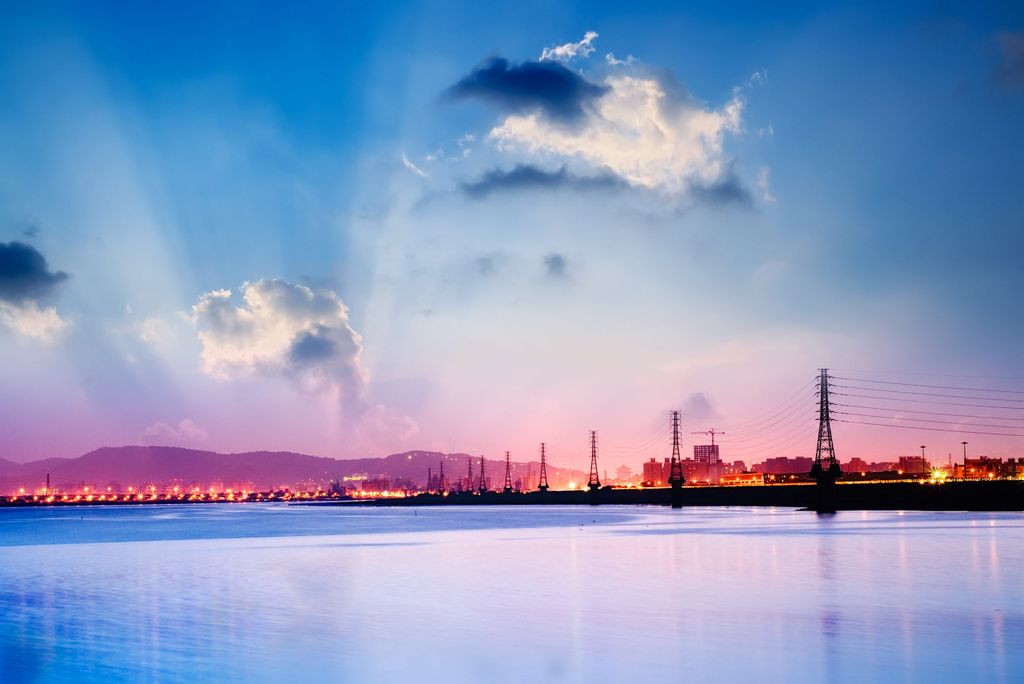
- Area of Expertise
- Climate, Energy & Natural Resources
Climate, Energy & Natural Resources

Author and Five Colleges professor of Peace and World Security Studies in the US
Europe is, in resources terms, an island. It lacks the raw materials to meet its basic needs and so imports them. Like island nations – but on an immensely larger scale – Europe relies on a global matrix of supply chains. Should any of these be broken, Europe’s economy would be at risk. This reliance on imports is growing, creating one of the most acute challenges facing European policymakers in the years to come.
This is especially true of energy, with the Paris-based International Energy Agency (IEA) warning that the European members of the OECD rely on imports for 70% of their oil, almost half of natural gas, and 44% of coal. As these fossil fuels represent about three-quarters of Europe’s total energy supply, with hydropower, renewables, and nuclear providing the rest, dependence on imported energy is a growing headache. The IEA sees Europe’s oil imports jumping to 78% by 2035; on imported gas 64%, and on coal to 51%. Although the renewable energy sources are increasing, the share of imported fossil fuels will keep on growing.
Europe’s import dependency includes many basic industrial minerals. The U.S. Geological Survey notes that OECD’s European members produce only 1% or so of the world’s iron ore and 4% of its copper, even though they of course use a much larger share of these materials in manufacturing and construction. Europe’s reliance is also growing on imports of specialty materials used in high-technology applications, such as cobalt, indium, lithium, platinum, tantalum and the rare earth elements; these aren’t used in massive quantities, but are essential for miniaturized electronics and “green” technologies that include advanced solar panels and wind turbines.
To secure these commodities, EU states have established an elaborate matrix of supply networks, incorporating maritime trade routes, oil and gas pipelines, rail and truck transport, and electrical transmission lines. The density and complexity of this matrix is well-illustrated by BP’s annual Statistical Review of World Energy. Its maps show a global filigree of supply lines stretching to Europe from the far corners of the world. In 2012, Europe obtained 287m tonnes of oil from Russia, 112m tonnes from the Middle East, 78m from North Africa, 66m from West Africa, and smaller amounts from the U.S., Mexico, and South America. Natural gas deliveries included 106bn cubic meters from Russia, 30bn from the Middle East, and 12bn each from West and North Africa. Superimpose these two maps on top of one another, then add similar ones for imports of coal, uranium, iron ore, copper, and other vital materials, and Europe clearly appears as an island state.
This growing reliance on imported raw materials poses critical challenges, beginning with the risk of grave economic crisis if there’s any disruption in deliveries to critical industries. At the same time, reliance on imported raw materials can also hinder growth if the cost to Europe is higher than for manufacturers closer to the source of supply.
The risk to Europe’s supply lines appears to be growing. This reflects Europe’s growing reliance on imports, but it’s also partly because of global warming and a greater inclination of some international actors to target global trade flows. As climate change gathers momentum, there will be more damage to port facilities and energy infrastructure from hurricanes and extreme weather effects. The third factor, however, is a bit more complex.
With more countries around the world becoming ever more reliant on materials from increasingly remote locations, threats of attack to to vital supply routes are becoming an attractive means for various actors to apply pressure, for political or economic purposes, or bot
With more countries around the world becoming ever more reliant on materials from increasingly remote locations, threats of attack to to vital supply routes are becoming an attractive means for various actors to apply pressure, for political or economic purposes, or both. Iran’s leaders, for example, have threatened to block the Strait of Hormuz, linking the Persian Gulf and the Indian Ocean, through which a third of the world’s seaborne traded oil passes, to deter any attack on its nuclear facilities. Somali pirates target cargo vessels to collect massive ransom payments. Russia’s leaders have cut off the flow of natural gas to Belarus and Ukraine to win political concessions and gain economic advantages.
Russia’s use of gas cut-offs has also highlighted the geopolitical risk of reliance on a small number of suppliers. Because Russia provides approximately 44% of Europe’s natural gas, there are fears that in some future crisis, European policymakers could find themselves beholden to Moscow. Policymakers also worry about Europe’s reliance on China for the bulk of its rare earth elements and other specialized materials.
Europe’s economic competitiveness has been put in doubt by its reliance on imported raw materials. This is especially true in the case of its reliance on imported natural gas, so how should the EU countries address these challenges? Historically, island states have dealt with such perils by expanding their navies and involving themselves in the affairs of the major supplying countries. At the time of the industrial revolution, Great Britain addressed its resource needs by building the world’s greatest navy and acquiring a global empire. Japan followed through the same course, building a powerful navy of its own and occupying Manchuria and the Dutch East Indies. Contemporary Europe has largely eschewed such measures, though there has been talk of a NATO fleet to protect oil supplies in dangerous waters.
But for the most part, Europe’s response has been to rely on multiplying the sources of supply, and in addition to major suppliers like Russia, cultivating new suppliers like Azerbaijan and Turkmenistan.
Instead of perpetuating its reliance on fossil fuels and other import-dependent materials, the EU should aim to reduce demand substantially and speed the introduction of renewables and other alternative sources
An EU blueprint for international engagement acknowledged in mid-2011 that Europe cannot devise energy policies in isolation from the rest of the world, and notes that successful collaboration with other countries, especially those in the developing world, must be based on mutual respect and equity. But it fails to address the fundamental problem of Europe’s growing dependence on imports. The weakness in the EU strategy is evident in its top priorities. Yes, improved ties with Russia and Ukraine, even if attainable, will help regularise the flow of Russian oil and gas to Europe, reducing the risk of disruptions. Similarly, establishing a new gas supply route from Azerbaijan and Turkmenistan would provide a buffer against problems with Russia, but will also prolong Europe’s dependence on oil and gas.
Critics say that Europe should maximise domestic fossil fuels, especially shale reserves, and refocus on nuclear power – which, though it relies on imported uranium, is seen as promoting self-reliance. But geological differences between the United States and Europe make it unlikely that shale will ever provide more than a small percentage of the EU’s energy needs. And widespread popular hostility to reactors makes it unlikely that nuclear power will increase in its small share. The solution to Europe’s problems must come from other directions.
Europe can only reduce its exposure to political and economic risks through conservation, increased efficiency and the rapid development of alternative materials. Instead of perpetuating its reliance on fossil fuels and other import-dependent materials, the EU should aim to reduce demand substantially and speed the introduction of renewables and other alternative sources.
These are clearly not new ideas, nor are the techniques for implementing them very exotic. The EU and its member states already have plans for increased energy efficiency and investment in renewables, although much more effort needs to be put into electricity storage to permit the off-peak use of solar energy collected during the day. Improvements are also needed in grid connectivity, to facilitate the distribution of wind power. While widely understood, these ideas need to be seen in a new light, rather than as a response to global warming. Important as that may be, there’s the equally pressing problem of Europe’s diminished geopolitical stature.
At present, the United States is winning greater global influence through its mastery of shale gas and oil technologies. And Russia has gained some advantage from its massive oil and gas reserves. So long as Europe remains dependent on them and on other countries for its energy supplies, it will always be at a disadvantage in international affairs. By seizing the leadership in energy alternatives and vastly reducing its dependence on energy imports, Europe could yet bolster its geopolitical stature.
Next event In person & livestreamed

Past event In person & livestreamed
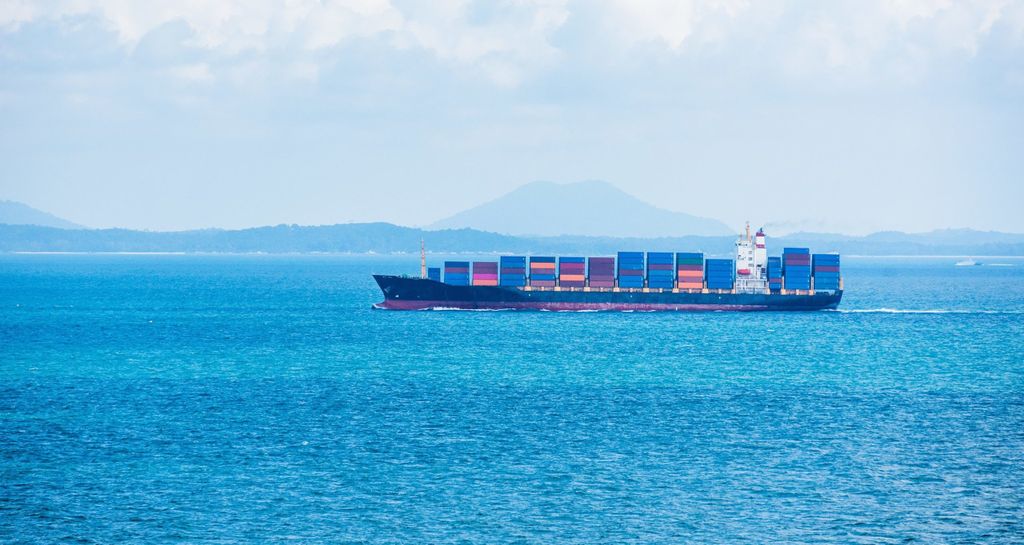
Past event In person & livestreamed
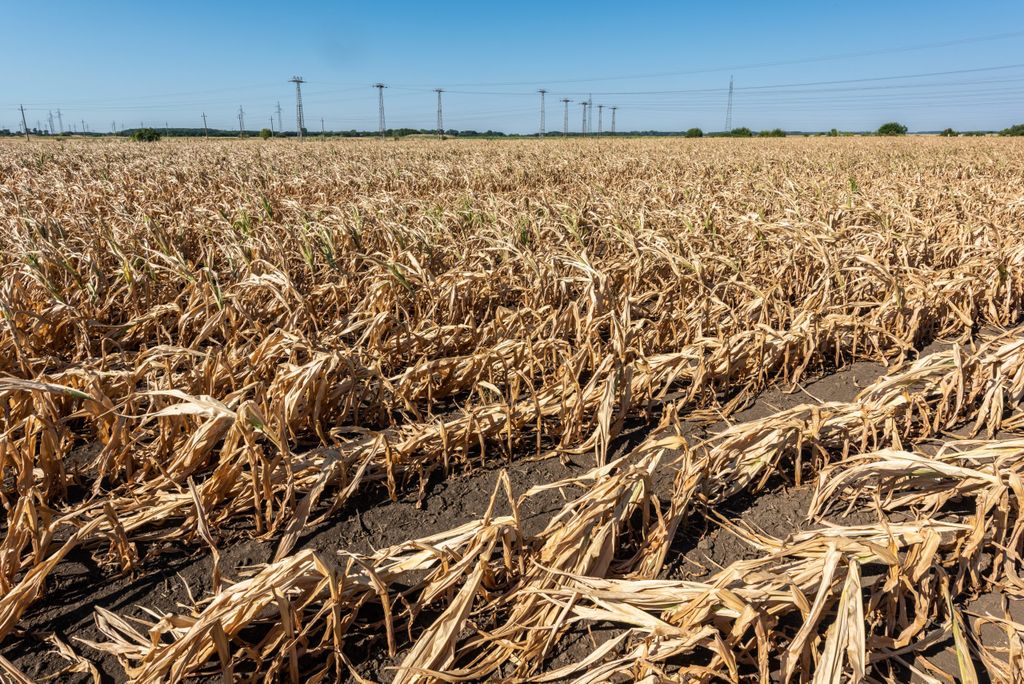
Past event In person & Livestreamed
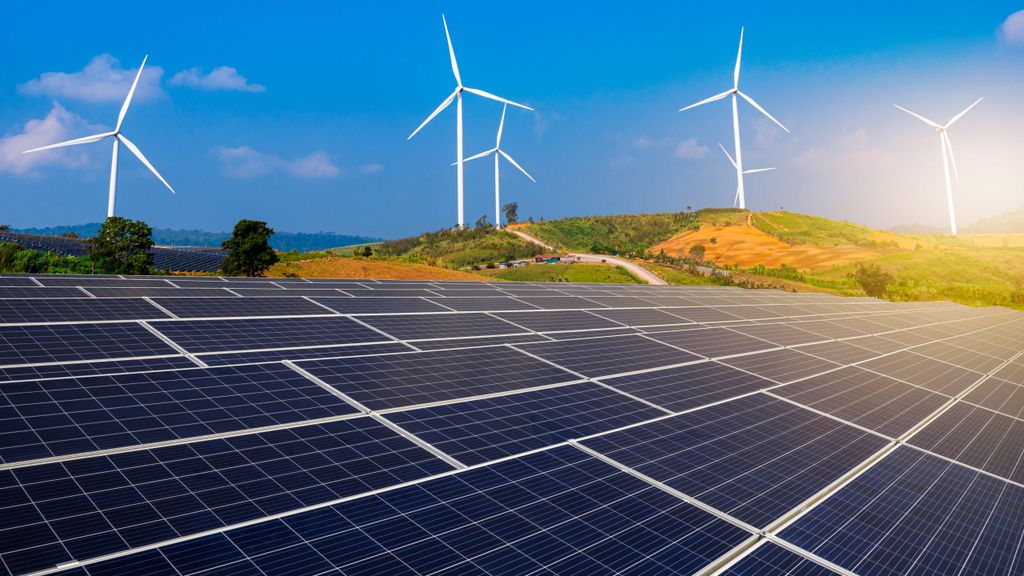

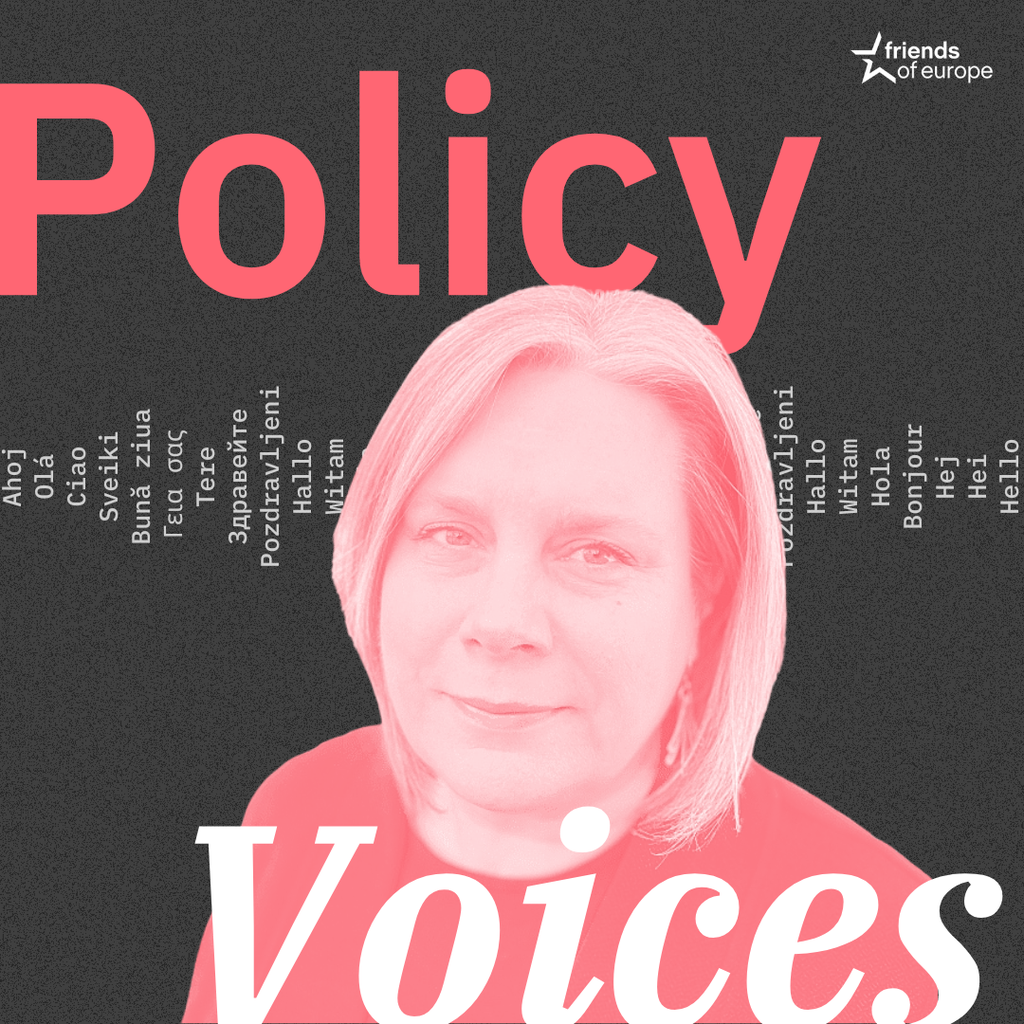
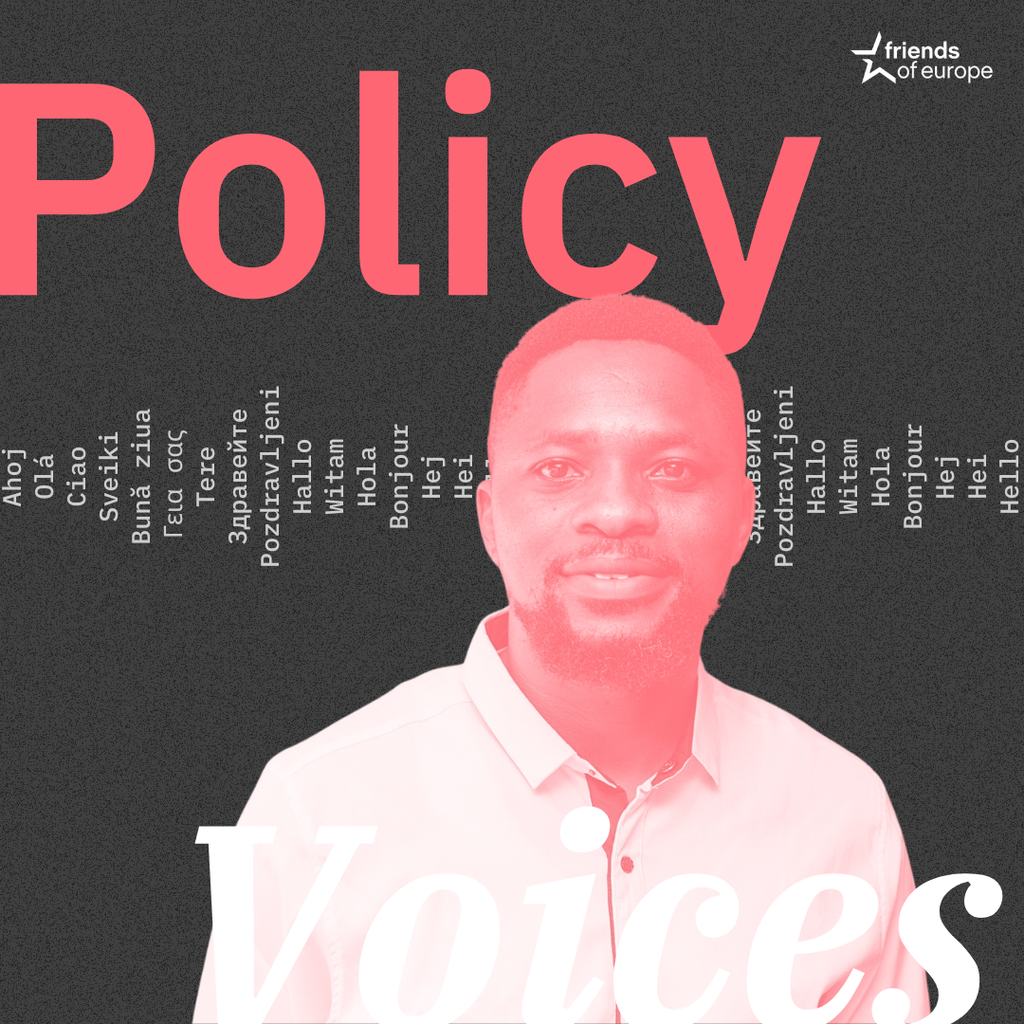

Stay informed
We use cookies and similar technologies to adjust your preferences, analyze traffic and measure the effectiveness of our campaigns. Learn more about our privacy policy.